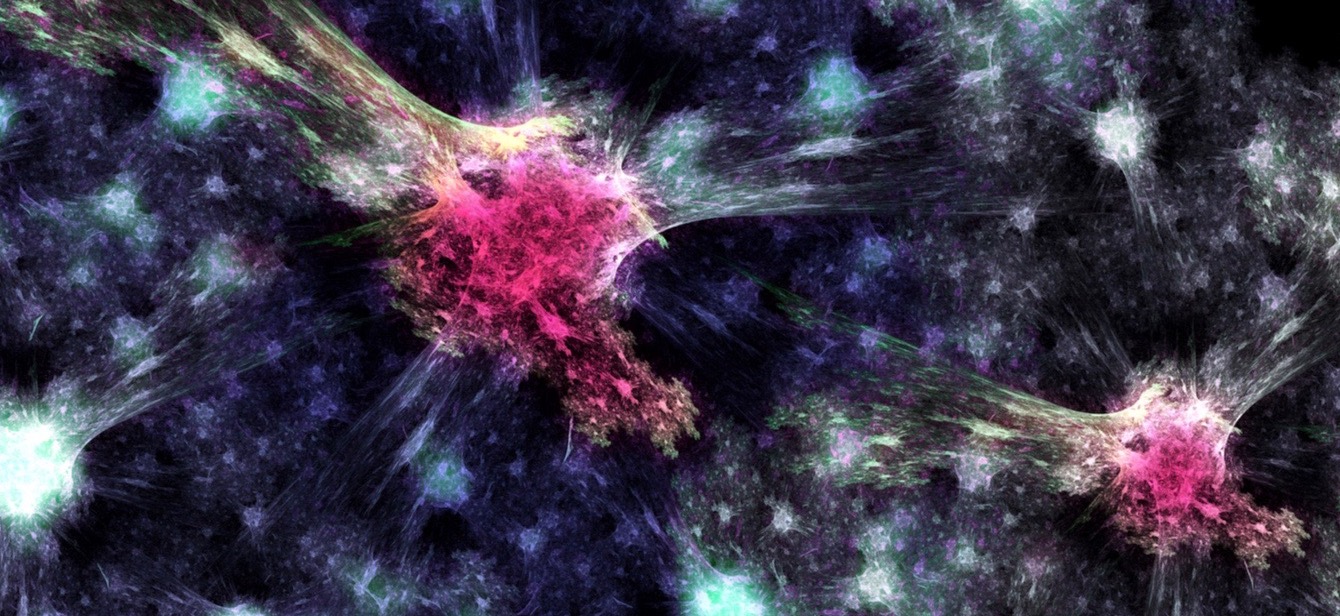Summary article on AE published in top medical journal
April 26, 2018

The New England Journal of Medicine published an article by Josep Dalmau and Francesc Graus last month. This comprehensive article covered many aspects of the disease, including ideas about how the antibodies might cause dysfunction in the brain. Practical points of interest to lay persons included the following:
- AE includes a group of diseases in which brain inflammation causes neuropsychiatric symptoms.
- Common features include a change in behavior, psychosis, seizures, memory and cognitive deficits, abnormal movements, and may progress to a decreased level of consciousness.
- Symptoms progress fairly rapidly over days or weeks, with the exception of a few antibody syndromes such as those to LGI1, CASPR2, and DPPX, which have a slower onset.
- Anti-NMDAR encephalitis, the most common type affects predominantly children and young adults, with a 4:1 ratio of females to males.
- About 60% of patients experience a “prodromal” period, with low-grade fever, malaise, or headache. Some types of AE have a characteristic feature, such as the faciobrachial seizures often seen in anti-LGI1 AE.
- Prompt diagnosis and treatment usually leads to improvement or full recovery.
- Two potential triggers of AE are tumors (usually ovarian teratoma) and viral encephalitis.
- In anti-NMDA AE, “young children typically present with insomnia, seizures, abnormal movements, or a change in behavior such as irritability, temper tantrums, agitation, and reduction of verbal output. Teenagers and adults more often present with psychiatric symptoms, including agitation, hallucinations, delusions, and catatonia, which may lead to hospital admission for psychosis.”
- In most cases of AE, the MRI is normal or displays nonspecific changes with a few exceptions.
- Most patients with AE have some abnormalities detectable in their spinal fluid, however the absence of this does not rule out AE (especially in LGI1 and DPPX.)
- Other related diseases, which cause similar symptoms to AE include acute disseminated encephalomyelitis (ADEM) and neuromyelitis optica (NMO). These diseases may develop in one person concurrently with anti-NMDA AE for unknown reasons.
- Treatment for most patients is with some combination of steroids, IVIG and/or plasma exchange, and if there is not a response, rituximab and cyclophosphamide.
- “The speed of recovery, degree of residual deficit, and frequency of relapse vary according to the type of autoimmune encephalitis.” Relapse rates vary from 12-35% in the published literature and often happen when immunotherapy is reduced or stopped.
- Discovery of new types of AE is ongoing.
Many thanks to Josep Dalmau for sharing the manuscript with us.